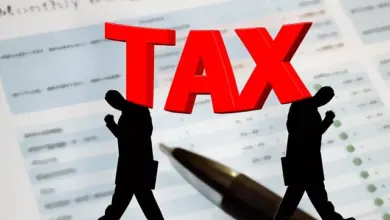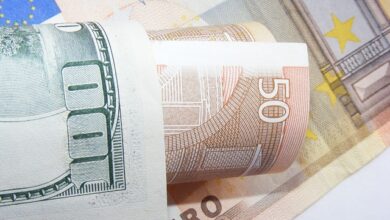VAT in Belgium: What Consumers Need to Know

Value Added Tax (VAT) is a consumption tax levied on most goods and services in Belgium, as it is across the European Union. Understanding how VAT works is essential for consumers, whether you’re shopping locally, making online purchases, or running a business. This guide explains everything consumers need to know about VAT in Belgium, including rates, exemptions, refunds, and practical tips.
1. What Is VAT?
VAT is an indirect tax applied at each stage of production and distribution of goods and services. It is ultimately borne by the end consumer. Businesses act as intermediaries, collecting VAT on behalf of the government and remitting it to the tax authorities.
In Belgium, VAT is governed by both national laws and EU directives, ensuring consistency with broader European regulations.
2. Standard and Reduced VAT Rates in Belgium
Belgium applies different VAT rates depending on the type of product or service. As of 2023, the main rates are:
Standard Rate
- 21% : The default rate applied to most goods and services, including electronics, clothing, furniture, and dining out.
Reduced Rates
- 12% : Applied to certain essential items such as:
- Restaurant meals (excluding alcohol).
- Certain agricultural products.
- Some repair services (e.g., bicycles, shoes).
- 6% : Reserved for basic necessities and cultural activities, including:
- Food and non-alcoholic beverages.
- Books, newspapers, and magazines.
- Pharmaceuticals and medical equipment.
- Tickets for cultural events (e.g., museums, concerts).
Special Cases
- 0% : Some goods and services are exempt from VAT, such as exports outside the EU and certain intra-community supplies.
3. How VAT Affects Consumers
When purchasing goods or services in Belgium, VAT is already included in the displayed price. For example:
- A €100 item with a 21% VAT rate includes €16.53 in VAT, meaning the base price is €83.47.
- A €50 restaurant meal with a 12% VAT rate includes €5.45 in VAT.
Consumers rarely need to calculate VAT themselves, as businesses handle this automatically. However, understanding the rates helps you identify value-for-money deals and recognize when prices may increase due to changes in VAT policy.
4. VAT on Online Purchases
Domestic Online Shopping
If you buy from a Belgian-based online retailer, VAT is applied just as it would be in a physical store.
Cross-Border Online Shopping
For purchases from non-EU websites, VAT and import duties may apply if the total value exceeds €150. Since July 2021, EU-wide reforms have eliminated the previous €22 threshold for VAT exemptions on imports.
- Import VAT : Charged on goods entering Belgium from outside the EU.
- Customs Duties : May apply depending on the nature and value of the goods.
Always check the final cost before confirming international orders to avoid unexpected fees.
5. VAT Refunds for Tourists
Tourists visiting Belgium may qualify for a VAT refund on purchases made during their stay under the Tax-Free Shopping scheme. To benefit:
- Ensure the retailer participates in the program (look for “Tax-Free” signs).
- Spend at least €125.01 (including VAT) in a single transaction.
- Request a tax-free form or invoice from the retailer.
- Present the purchased items, receipts, and passport at customs when leaving the EU to validate the refund.
- Claim your refund through the retailer, a refund agency, or via credit card.
Note that not all goods are eligible (e.g., services, consumables like food).
6. Exemptions and Special Rules
Certain goods and services are exempt from VAT or subject to special rules:
- Healthcare and Education : Medical consultations, hospital stays, and educational services are generally VAT-free.
- Financial Services : Banking and insurance services are exempt from VAT.
- Second-Hand Goods : Items sold through private transactions or second-hand shops often carry reduced or no VAT.
7. Recent Changes and Trends
Belgium periodically updates its VAT policies to align with EU regulations and address economic needs. Recent developments include:
- Increased focus on digital services, with VAT now applicable to e-books, streaming platforms, and online courses.
- Stricter enforcement of VAT compliance for e-commerce businesses operating within the EU.
Stay informed about potential rate changes or new exemptions that could affect your spending habits.
8. Tips for Managing VAT as a Consumer
- Compare Prices : Be aware of VAT-inclusive pricing when comparing products.
- Save Receipts : Keep records of large purchases in case you’re eligible for refunds or warranty claims.
- Understand Your Rights : If you believe VAT has been incorrectly charged, contact the retailer or file a complaint with Belgian tax authorities.
- Plan International Purchases Carefully : Factor in potential import VAT and customs duties when buying from non-EU sellers.
- Take Advantage of Tax-Free Shopping : If you’re a tourist, don’t miss the opportunity to claim VAT refunds on eligible purchases.



